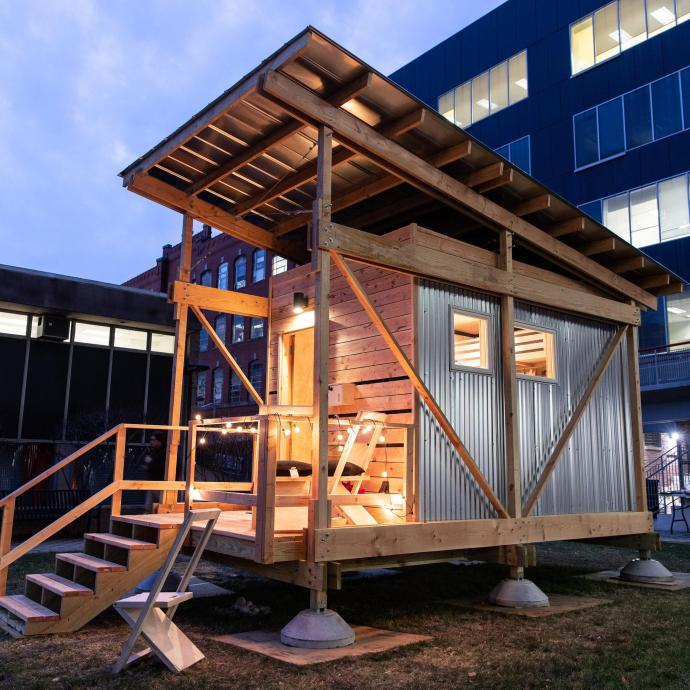It’s rare to see a train station today that looks like the one from mid-20th century movies. Today, train stations are usually crowded and bland, it’s obvious that they are meant solely for people who get there only to go somewhere else. There are few remaining romanticized train stations, stations with grand murals, high ceilings and curvy ornate arches. Off the top of the head, Grand Central in NYC, Union Station in D.C, and our local Newark Penn come to mind.
Admittedly, it is hard to see Newark Penn Station as a romanticized bastion of locomotive engineering. Anyone who’s been to the station knows it’s plagued with panhandlers and homeless; like some parts of Newark, the station has deteriorated wthin the past 50 years.
Look past the unattended and now chipping paint, the dirty windows, and the men in ripped jeans who come around once a week giving you the same story of how they’re trying to get home. Instead, pay attention to the jazz band that plays in the lobby every Christmas and the deep ocean blue paint on the ceiling of the waiting room. Everything about this place was once vibrant and colorful, and in many ways still is.
Newark Penn Station was opened in 1936, as one of many projects meant to pull Newark out of the Great Depression. The station was designed to be an ornate palace of transportation history, the lobby features medallions hung high overhead depicting the history of transportation, and even the terminals are decorated; steel beams supporting the station rise from the ground to hug the curved stained glass ceilings which cover the rails. The canopies outside are engraved with flowers and eagles, and the lamps of the waiting room are surrounded with zodiac signs that look like they’re dancing around the light.
More importantly, Penn Station was, for a long time, a ray of hope for the oppressed African American people of the south. Soon after the station’s opening, the train from Virginia to Newark Penn Station became the fastest and cheapest way for African Americans to flee the oppressive Jim Crow laws of the South. The economically depressed city soon had throngs of new people settling in, contributing to its culture and economy.
It’s hard to notice this sort of history when you walk in to Penn Station now, but its there, written on the walls, and in the eyes of those enthusiastic few who see past the grime and instead view the beauty of Newark Penn Station.































